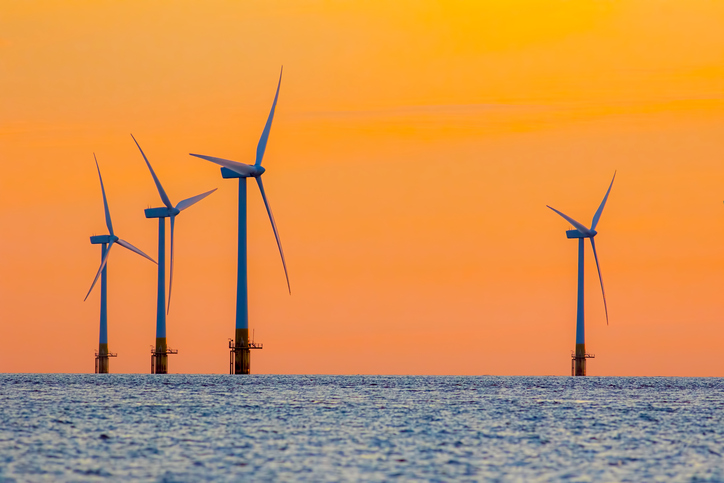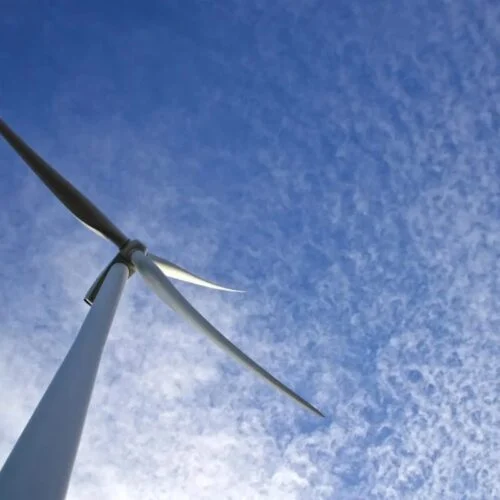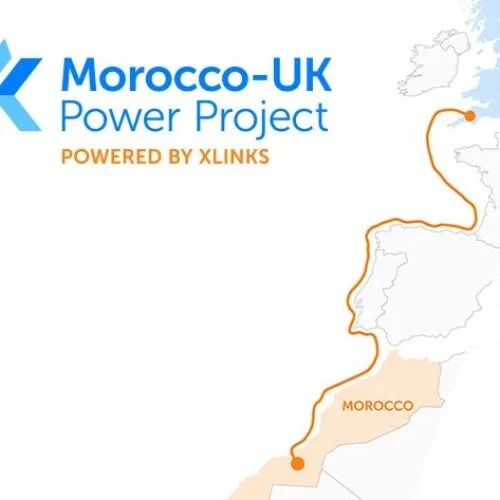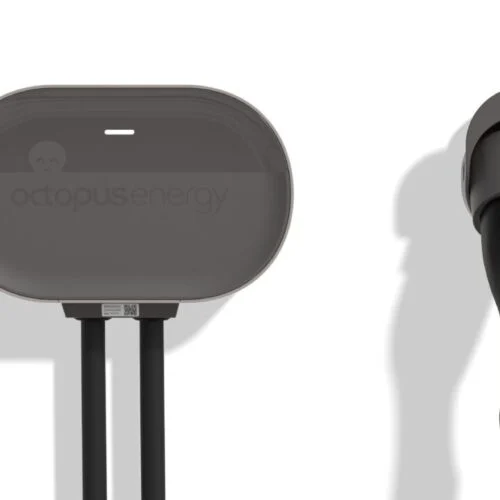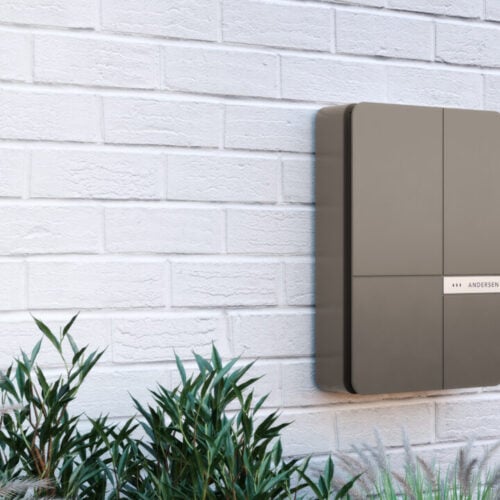The UK’s offshore wind sector has smashed records for price in the government’s third Contracts for Difference auction round, with prices running as low as £39.65/MWh.
The Department for Business, Energy and Industrial Strategy (BEIS) this morning unveiled the hotly anticipated auction results, confirming that 6GW of new offshore wind capacity will be delivered at prices as low as £39.65/MWh.
That price is 30% lower than the lowest strike price seen in the second CfD auction in 2017, when projects came forward at £57.50/MWh.
UK Prime Minister Boris Johnson said: “The UK is leading the way in the fight against climate change, and it’s great news that millions more homes will be powered by clean energy at record low prices.
“Seizing the opportunities of clean energy not only helps to protect our planet, but will also back businesses and boost jobs across the UK.”
The winners
There were a total of six winning bids for offshore wind, three of which – Dogger Bank Creyke Beck A, Dogger Bank Creyke Beck B and Dogger Bank Teeside A – form part of the Dogger Bank project which is being brought forward by Forthwind, a consortium which includes energy giants SSE, RWE, Equior and Statkraft.
Each of the three successful Dogger Bank projects are sized at 1.2GW. Dogger Bank Creyke Beck A is to be delivered in the 2023/24 delivery year at the £39.65/MWh strike price, while the other two are to be delivered in 2024/25 at £41.61/MWh.
The fourth project which makes up the Dogger Bank site in the North Sea – the 1.4GW Sofia Offshore Wind Farm, to be developed by Innogy – was also successful, and is to be delivered in 2023/24.
Forthwind also bagged a fourth demonstrator project, sized at around 12MW, for the 2023/24 delivery year.
SSE meanwhile is also behind Seagreen Wind Energy, which bagged another contract in the auction. The 454MW Seagreen Phase 1 is to come forward in the 2024/25 delivery year.
A total of four remote island onshore wind projects were also successful in the third auction round, split between the 2023/24 and 2024/25 delivery years. Two advanced conversion technologies projects also landed contracts.
Analysis: Liam Stoker, editor in chief, Current±
The second round results in September 2017 were so low that many an industry stakeholder possibly spat tea when they opened their inbox that morning. You have to think it’s a similar situation this morning. Sub-£40/MWh is a price the industry thought plausible, but highly improbable. To achieve that kind of cost reduction in two years is nothing short of remarkable.
There are two areas today’s results highlight however, chiefly how ridiculous Hinkley Point C’s £97.50/MWh agreement looks in comparison. EDF isn’t due to energise that plant until 2025, a year after swathes of Dogger Bank come onstream, and that energy is going to cost consumers more than twice that.
Penny, also, for the thoughts of the onshore wind and solar PV industries this morning. Those two techs have been excluded from the last two rounds for being considered “mature technologies”, as in, not nascent enough to warrant the inherent support of a government-backed contract.
Are these prices not evidence enough that offshore wind is now just as “mature” as its onshore counterparts? What price could onshore wind and solar come in at if they were given the same opportunity? These are valid questions the government would do well to answer.
